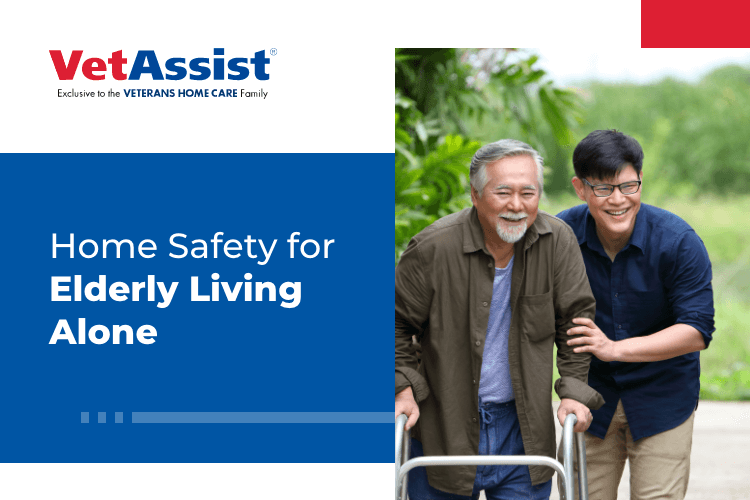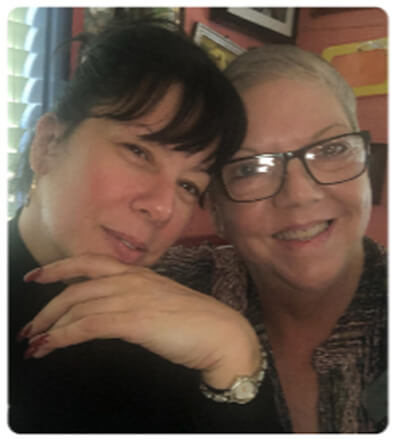
Roughly one quarter of older Americans live alone, and many express the desire to maintain independence and age in place. Older adults living alone are at an increased risk not just of injuries, but of injuries with long-term effects. Therefore, it is ever so important to consider home safety for elderly loved ones as they age. The following is a basic home safety checklist for seniors living alone.
Bathroom
The bathroom is a common area of concern for elderly safety. There are several steps you can take to make the bathroom safer for your loved one, most of which involve making it easier to move around in this small space.
Install a taller toilet or use a toilet seat riser. This additional height reduces the amount of effort required to sit or stand from the commode. Grab bars are perfect for help with balance in the tub, and shower chairs can prevent the need for standing.
Not only does skin become less resilient with age, but agility takes a hit, too. This combination can increase the risk of scalding and burns since it can be more difficult for seniors to safely remove themselves from beneath unexpectedly hot water. Consider lowering water heater temperature to 120 degrees as an extra measure of safety for elderly living alone.
Kitchen
Whether your loved one is a gourmet chef or master of the microwave, they will likely spend some amount of time in the kitchen each day. Unfortunately, this room can be particularly dangerous for aging seniors living alone.
Making a home safe for seniors includes reducing the difficulty of everyday tasks as well as eliminating risk factors. First and foremost, remove as much clutter from the kitchen as possible. The less there is to trip over or bump into, the better. Then, move heavy and frequently used items to lower shelves, minimizing the need for overhead lifting. Your elderly loved one may even want to use smaller pots and pans to decrease the potential of spills, especially spills involving hot food.
Lastly, an induction cooktop or induction burner can be a safer alternative to gas or electric ranges, as heat from the induction burners can only be conducted when using special pots or pans. This means that a dangling scarf won’t be a fire hazard and a hand placed down quickly for balance is less likely to be burned.
Lighting
One of the most important home safety question for seniors involves how well they are able to see their surroundings, and good lighting is key to safety. Make sure your loved one can see clearly in all areas of the house, at all times.
Motion sensor lights are perfect for areas that don’t see a ton of traffic unless in use – think bathrooms, closets, laundry rooms, or basements. Timers are ideal to ensure rooms stay well-lit as the sun goes down, and they are also an easy way to turn lights off when not in use.
And, of course, night lights should be placed in areas such as bedrooms, hallways, and bathrooms as they are frequently accessed in the late evening or early morning hours. Toliet bowl lights can serve a similar purpose, too.
Fire Protection
When it comes to home safety for elderly loved ones, concerns about fire are usually at the top of the list. Whether your loved one lives with limited mobility, diminishing cognitive function, impaired vision, or less than stellar hearing, preventing fire is an important step towards home safety for seniors.
Check cords often for signs of wear and tear, discourage use of space heaters and candles, and check the batteries in smoke detectors at least twice per year. Don’t forget to create and review an emergency plan, and if your loved one is hard of hearing consider adding detectors with flashing lights to help get their attention in the event of a fire.
It’s no surprise that potential slips, trips, and falls are a major concern for seniors living alone. Some of the most common safety tips for elderly family members revolve around minimizing this risk. Take time to confirm that thresholds are level, area rugs lay flat, and piles are put away. Encourage seniors to always wear nonslip footwear, including slippers with quality rubber soles.
Pay special attention to stairs. Place treads on wood steps for traction and to help differentiate one step from the next. Make sure the carpet on stairs isn’t loose or threadbare. Confirm that railings are sturdy and secure. And always avoid placing anything on the steps, even if only for a short time.
Don’t underestimate the benefits of professional home care. Even a few hours of help per week can improve quality of life, create health benefits, and increase home safety for elderly loved ones living alone. Veterans Home Care’s exclusive VetAssist Program helps Veterans and their surviving spouses apply for a little-known benefit that does just that.
The VA Pension with Aid and Attendance provides funding for in-home care to qualified applicants. Once an application is approved by the VA, Veterans Home Care can even arrange for caregivers to start right away.
Contact Veterans Home Care at (888) 314-6075 for more information about choosing a home care agency, the VA Pension with Aid and Attendance, and how we can help you get started.














